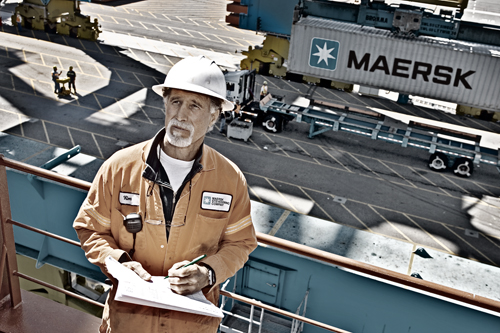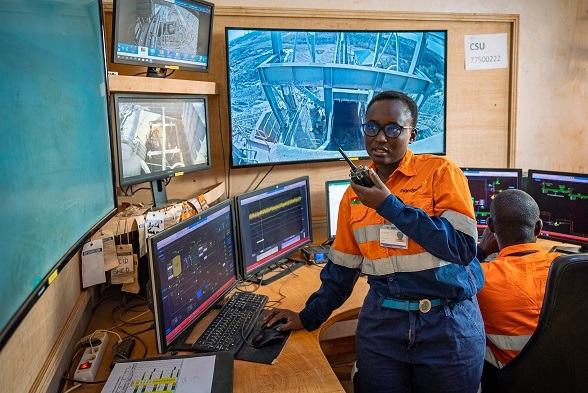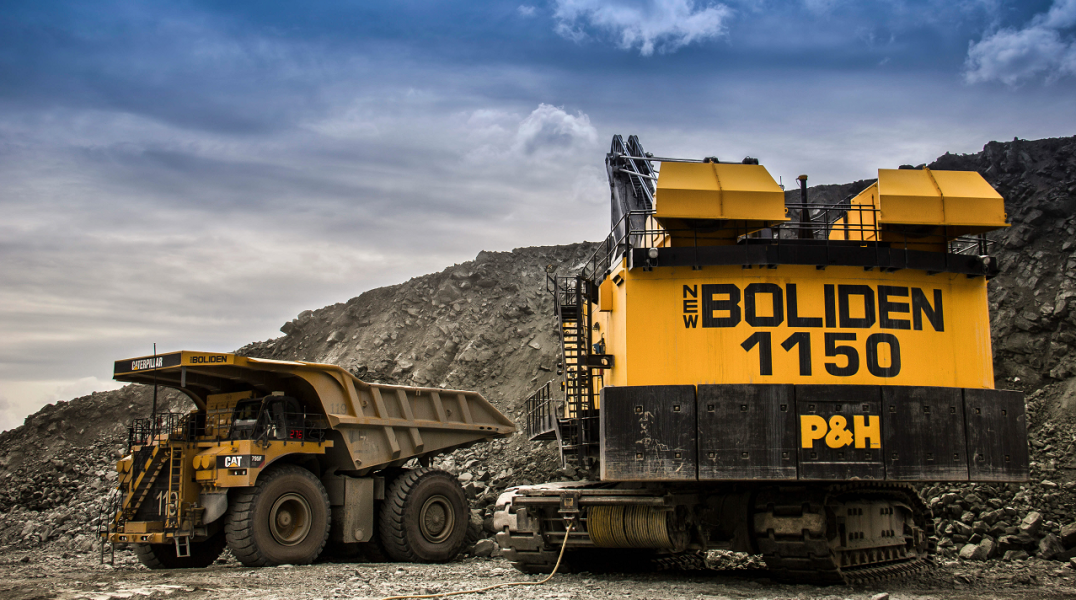
For some companies their very name has come to be synonymous with their particular area of industry. Think mobile phones or tablets and Apple springs to mind. For oil and gas it will be BP or Royal Dutch Shell, while mention of the fast food sector immediately conjures up images of McDonalds or Burger King. While these businesses are hugely different when it comes to what they do, what they share is the fact that their strong history and track records of success have made them the leaders in their field.
The same holds true for Maersk Group, arguably the most recognisable name in the global maritime world. Made up of four core business, Maersk Line, APM Terminals, Maersk Oil and Maersk Drilling, with Services and Other Shipping set to become its fifth core business unit from 2014, the group today employs around 121,000 people across 130 countries and generated some $59 billion in revenue in 2012 alone, a figure that is all the more astounding when one considers the challenging environment the group finds itself in at present.
“Our market as it exists today is unquestionably tougher than it has been in the past,” states Maersk Line’s Chief Operating Officer, Morten Engelstoft. “At present we are witnessing a trend whereby our more mature markets are experiencing flat development, while emerging markets are slightly better, giving us a global annual growth rate of between three and four percent.”
While growth of any kind is of course welcomed, it does pale in comparison to the ten-plus percent yearly growth that the industry regularly experienced in the years between 2002 and 2007. Nevertheless, where there is growth today there is opportunity, particularly if you happen to be the largest container vessel operator on the planet.
“Emerging markets are definitely the source of any green shoots we are coming across at the moment,” Engelstoft continues, “with Latin American, African and Intra-Asia freights all experiencing strong growth characteristics in recent years. Meanwhile, what we term our back haul business, meaning business moving from regions such as Europe into China, is also picking up well, which is a reflection on the fact that China is importing more now than it has previously.”
The reality of the situation that the container industry finds itself in today is that it is a highly fragmented market in which a vast number of players are essentially competing to offer very similar products and services. Understanding the necessity to stand out amongst such a crowd Maersk has focused a great deal of effort on the service it provides its clients by creating its own Customer Charter. Made up of eight key components of services that its customers themselves highlight as being most important to them, the Customer Charter provides a transparent overview of how the business is performing in these areas and what its long term targets are for improving itself further.
Another area in which Maersk is very much taking the lead is energy efficiency. The drive towards this actually began in 2007 when the group set itself a target of reducing CO2 emissions per container kilometre by 25 percent before 2020. Remarkably this figure was actually achieved eight years ahead of schedule in 2012. Maersk Line would then go on to raise the bar further by setting itself a 40 percent reduction target by 2020.
One of the more impressive examples of Maersk’s work in this field is without doubt its new Triple E class of vessels, launched in July 2013. Measuring 400 metres in length and boasting a capacity of 18,000 TEU, the Triple E vessel is the largest ever built. It will also represent one of the most energy efficient vessels on the planet, reducing CO2 emissions by around 50 percent per container moved, compared to the industry average CO2 performance on Asia-Europe trade routes.
“In many ways the Triple E vessel showcases the way Maersk Group undertakes a continuous process of innovation when building for the future,” Engelstoft enthuses. “It also highlights how we do not shy away from ploughing considerable amounts of capital into better, more fuel efficient vessels, what with each Triple E vessel representing $185 million in investment, $30 million of which has been spent on environment and efficiency improvements.”
By mid-2015 Maersk expects to have received delivery of the 20 Triple E vessels it has on order, each of which will be periodically deployed into the group’s network where they will replace older vessels that are operating along the Asia to Europe trade lines where much of the group’s business is currently emanating from.
Interest in these massive new additions to Maersk’s fleet has been impressive. More than 250 customers and government officials, and thousands of people, have participated in events in the maiden voyage ports of call; however Maersk’s attention is already turning towards applying the Triple E’s fuel and energy efficiency learnings to other Maersk Line vessels, and replicating it across the group’s different business divisions.
“Looking at the Triple E it should be immediately clear that they are built upon industry leading experience, innovation and confidence in our abilities,” Engelstoft says. “A good example of this is the vessel’s Waste Heat Recovery System, the installation of which costs approximately $10 million per vessel alone. The purpose of the Waste Heat Recovery System is to reduce the engine’s need for fuel and therefore its CO2 footprint. The effect is a reduction in the engine’s fuel consumption and CO2 emissions by approximately nine percent.”
This system was actually developed and perfected on earliest vessel classes, before being upgraded to become a key feature of the Triple E’s energy efficient design. It is this methodology of building upon Maersk’s achievements that will ultimately see it further improving on the successes of the Triple E in the years ahead.
A separate development that has occurred in recent months took place in June of this year. It was then that news broke that Maersk Line, MSC Mediterranean Shipping Company and CMA CGM has agreed, subject to regulatory approval, to establish a long term operational alliance on East-West trades, called the P3 Network.
“If and when we get regulatory approval, we will operate a joint network of approximately 250 vessels with a total capacity of around 2.6 million TEU,” Engelstoft highlights. “The creation of this network will benefit all parties by providing increased cost efficiency and will also provide our customers with better frequency, increased coverage, lower CO2 footprint, and ultimately a better product.”
While 2013 will go down as a year of big achievements for Maersk Line; longer term we know that the coming months will remain challenging, with annual market growth expected to reach between four and five percent. One of the primary reasons for this will be the increase in vessel capacity set to be delivered throughout the world’s major markets. This trend however is expected to subside during 2015, meaning that the sector does still possess encouraging growth potential in the long-term.
“Our own business approach revolves around the fact that we want to grow with the market, retaining our market share,” Engelstoft concludes. “In the meantime we will continue to work to improve our bottom line by working to reduce our cost levels to among the lowest in the industry, and to deliver best-in-class customer service, all while carefully watching how the industry performs so that we can grow accordingly as the environment evolves.”
Written by Will Daynes, research by Peter Rowlston
DOWNLOAD
 Maersk-Euro-T&L-Nov13-Bro-s.pdf
Maersk-Euro-T&L-Nov13-Bro-s.pdf













